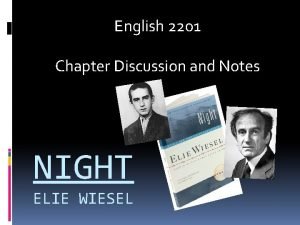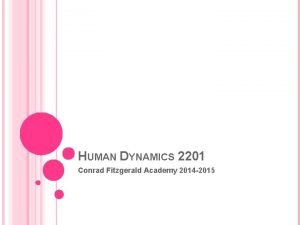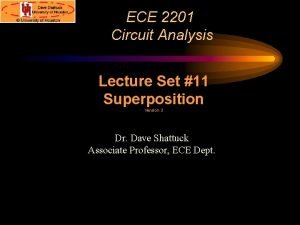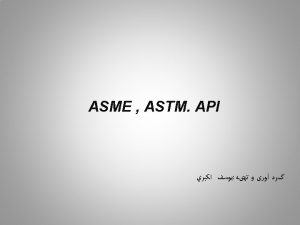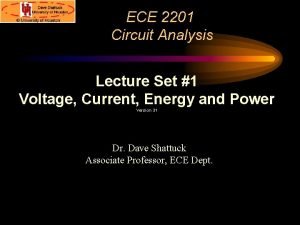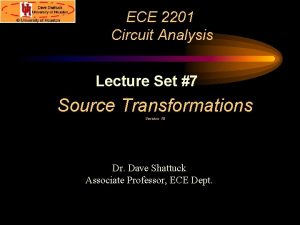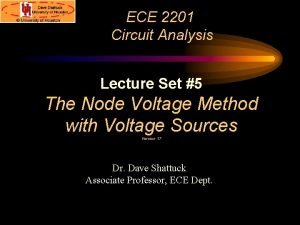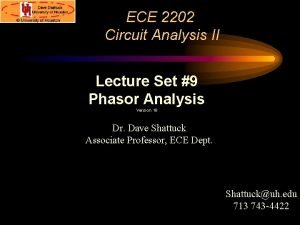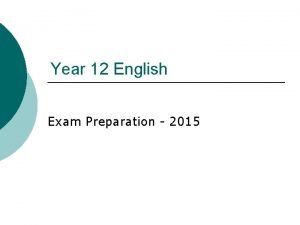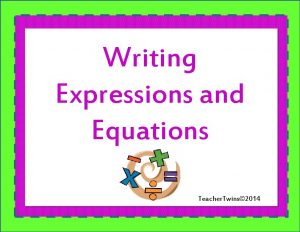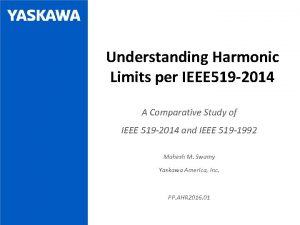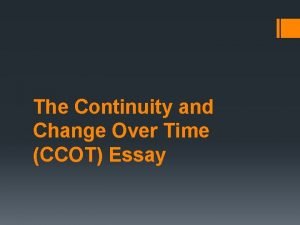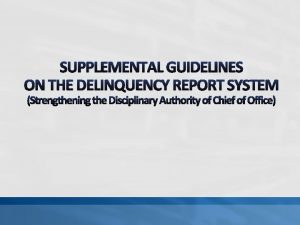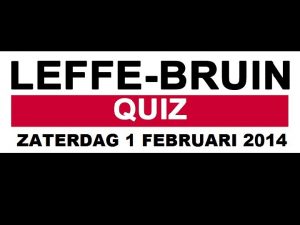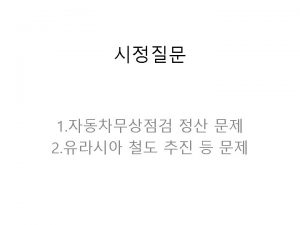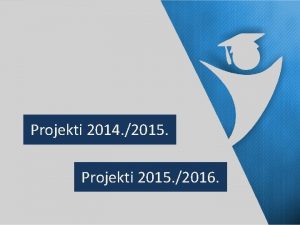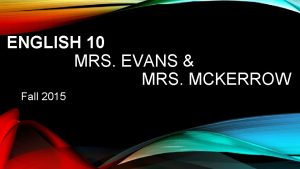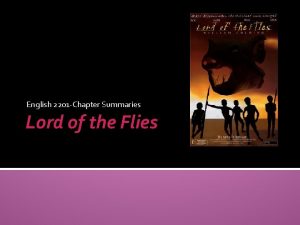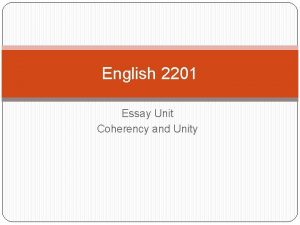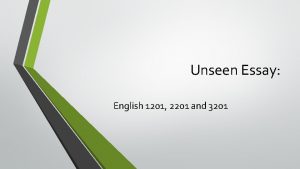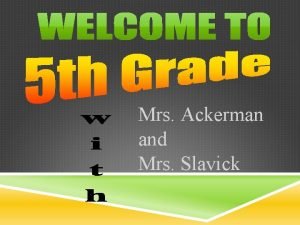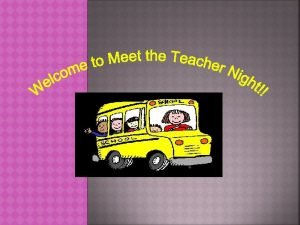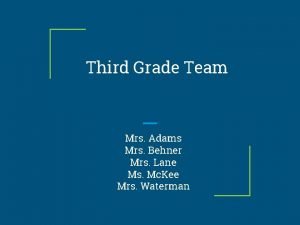English 2201 MRS ETSELL 2014 2015 English 2201























- Slides: 23

English 2201 MRS. ETSELL 2014 -2015

English 2201 Text Views and Viewpoints: A Collection of Various Text Forms

Essays and Non Fiction What are essays and non fiction writing? Think pair share Tone: The attitude that runs through an entire text. This may include the writers attitude toward the subject and or the audience. Diction: the choice of words or phrases in speech or writing.

UFC Robinson vs. Walker Debate Read “UFC: Robinson versus Walker Debate. ” p. 81 -89 in Views and Viewpoints Complete questions on p. 89 #1, 2, 3 Assignment: Create a media text (a poster), promoting the skill involved in UFC, or warning against the dangers of the UFC, use information from the essay to make your material as effective and accurate as possible. - ENSURE you include at least 6 facts supporting your argument for or against the UFC Rubric /10 (6/10 for accurate and detailed information supporting your stance and 4/10 for presentation, graphics, color, slogans etc. )

UFC Documentaries https: //www. youtube. com/watch? v=AFi. Nh. AJugk 8 – MMC and UFC https: //www. youtube. com/watch? v=eq 3 ybshd. Se 4 - Georges St. Pierre

The Teenage Brain Group Introduction: Create an ACRONYM/ Acrostic poem that identifies some common stereotypes about teenagers (they are lazy, bored, addicted to technology, entitled etc) Read “The Teenage Brain” in Views and Viewpoints Go back and skim the article and think back on the documentary. Create a two-column chart identifying facts and opinions you agree with/disagree with (list at least 3 for each)

Facts and Opinions about Teens I agree that I disagree that

The Teenage Brain Initialism: the first letter of each word in a phrase is pronounced; different from an acronym, where a word is formed from the first letter of words. After Reading: Complete #2, 3, 5 in your notebooks; AND respond to this quote in a free writing activity: “Think back on a time when you did something impulsive. Describe what happened and the result. If you could give yourself advise in retrospect what would it be? ”

The Teenage Brain The Nature of Things Documentary: Surviving the Teenage Brain http: //www. cbc. ca/player/Shows/The+Nature+of+Things/2011 -12/ID/2188547727/

Behind the Mask. Bruce Chambers p. 152 Rhetorical questions: a question to which no answer is expected Overt messages: clearly and openly stated facts, for example “skin deep” is a brand of body wash Implied messages: subtle and indirect ideas that the reader infers, for example if you have shiny looking skin will look more beautiful Second person point of view: a narrative point of view that addresses the read using the pronoun “you” Read the article and complete questions 1 -5 p. 158

Create a TV Commercial- Assignment TV Commercial- Media Assignment: English 2201 In groups of 3 -4 your task is to create a commercial that would be suitable for television. You may choose to hand in a detailed written script and information for the commercial, or you may choose to act the commercial live or record the commercial for submission and perhaps in class viewing.

TV Commercial Assignment You will be evaluated primarily on your understanding and implementation of the marketing techniques listed on p. 152 of “Views and Viewpoints. ” Rhetorical Question: a question to which no answer is expected, for example “Ever feel like everyone is watching how you behave? ” Overt Messages: clearly and openly stated facts, for example, that: ”Skin Deep” is a brand of body wash Implied Messages: subtle and indirect ideas that the reader infers; for example, that having shiny-looking skin will make you beautiful Second-person point of view: a narrative point of view that address the reader directly using the pronoun you.

RUBRIC- TV Commercial Rubric /25 /12 (2 marks for using each of the 4 techniques above) /7 effort and using class time wisely /5 creativity and voice

“Friend Me? ” Susan Goldberg, p. 164 Discuss: Think about someone that you have lost touch with? Why might you (or others in general) want to reconnect with one another even after many years? As you read use the T-chart to jot down any words or phrases that describe how the author feels “Then” and “now” After reading fill out the T-chart (opposite side) outlining the authors description on the “Pros of being bullied” and the “Cons of being bullied” You should identify 3 in each category FREE WRITE: The author agrees with Flannery O’ Connor, who said that anybody who has survived childhood has enough information about life to last the rest of their days. What do you think Flannery O’Connor means by this? What is his opinion of childhood? Write about a time when you felt you have to survive an ordeal in your own childhood.

Friend Me (Alternate Assignment) Read the article, in 6 groups, students respond to one of the questions #1 -6 p. 170 share and discuss responses as a class, JIQSAW. Media Center Activity: The author states “Isn’t that the narrative of bullies, that they damage to the extent that they are damaged, that they are their own worst enemies? ” Research the reasons that kids bully and anti bullying initiatives. Write a recommendation letter to a school board on how Susan’s situation could have been improved if the bullying happened today.

Best Face Forward: The Global Rise of Plastic Surgery- Katie Addleman Before you read answer questions 1 -2 on p. 31 Read the expository essay p. 31 -35 Answer questions #1, 2, 5 p. 35

Deconstructing Media Ads How to Deconstruct a Media Message All media messages – TV shows, newspapers, movies, advertisements, etc. – are made or constructed by people. One of the most important media literacy skills is deconstruction – closely examining and “taking apart” media messages to understand how they work. Deconstructing a media message can help us understand who created the message, and who is intended to receive it. It can reveal how the media maker put together the message using words, images, sounds, design, and other elements. It can expose the point of view of media makers, their values, and their biases. It can also uncover hidden meanings – intended or unintended. There is no one “correct” way to deconstruct a media message – each of us interprets media differently, based on our own knowledge, beliefs, experiences, and values. Just be prepared to explain your interpretation.

Text TEXT We often use the word “text” to mean “written words. ” But in media literacy, “text” has a very different meaning. The text of any piece of media is what you actually see and/or hear. It can include written or spoken words, pictures, graphics, moving images, sounds, and the arrangement or sequence of all of these elements. Sometimes the text is called the “story” or “manifest text. ” For most of us, the text of a piece of media is always the same.

Source SOURCE All media messages are created. The creator could be an individual writer, photographer or blogger. In the case of a Hollywood movie, the scriptwriter, director, producer, and movie studio all play a role in creating the message. Ads are usually put together by ad agencies, but the “creator” is really the client – the company or organization that’s paying for the ad. The key point is: Whose message is this? Who has control over the content?

Subtext SUBTEXT The “subtext” is an individual interpretation of a media message. It is sometimes called the “latent text. ” The subtext is not actually heard or seen; it is the meaning we create from the text in our own minds. While media makers often create texts that suggest certain subtexts, each person creates their own subtext (interpretation) based on their previous experiences, knowledge, opinions, attitudes, and values. Thus, two people interpreting the same text can produce two very different subtexts

Audience AUDIENCE Media messages are intended to reach audiences. Some are designed to reach millions of people. Others may be intended only for one person. Most media messages are designed to reach specific groups of people – defined by age, gender, class, interests, and other factors – called the “target audience. ”

Technique and POV PERSUASION TECHNIQUES (See The Language of Persuasion) Media messages use a number of techniques to try to persuade us to believe or do something. If we can spot the techniques being used, we’re less likely to be persuaded, and more likely to think for ourselves. POINT OF VIEW No one tells the whole story. Everyone tells part of the story from their point of view. Deconstructing a media message can expose the values and biases of the media maker, and uncover powerful messages.

Assignment You will be given 2 classes in the Media Center…. In partners your job is to find (online) a media text (advertisement for almost anything school appropriate, clothing, cosmetics, plastic surgery, products etc). Print or save the ad Deconstruct the advertisement by answering the list of questions provided…. in good copy to be handed in. Refer to the visual and media notes on Edmodo Recreate the Ad as a deconstruction, you will place the ad as is on a poster and make annotations and notes to explain to the audience 5 techniques being used to manipulate the reader…. this should be in good copy, nearly presently so it appears as a new ad in itself.
 Rhyme poem about erosion
Rhyme poem about erosion Symbolism in night elie wiesel
Symbolism in night elie wiesel They are mrs garcia and mrs castro
They are mrs garcia and mrs castro They are mrs garcia and mrs castro
They are mrs garcia and mrs castro Mrs. darling was ___________ of mrs. s.
Mrs. darling was ___________ of mrs. s. Conrad fitzgerald academy
Conrad fitzgerald academy Ece 2201
Ece 2201 Api 2201
Api 2201 Ece 2201
Ece 2201 Ece 2201
Ece 2201 Ece 2201
Ece 2201 Biology 2201
Biology 2201 Uh ece 2201
Uh ece 2201 Dse 2015 eng
Dse 2015 eng Vce english exam 2015
Vce english exam 2015 Higher english mrs midas past paper
Higher english mrs midas past paper Standing female nude poem
Standing female nude poem Teacher twins 2014
Teacher twins 2014 Who traditional medicine strategy 2014–23
Who traditional medicine strategy 2014–23 Teacher twins@2014
Teacher twins@2014 Board regulation 1 series of 2014
Board regulation 1 series of 2014 Ieee 519 harmonic limits
Ieee 519 harmonic limits 2002-2014
2002-2014 Delinquency report sample
Delinquency report sample

